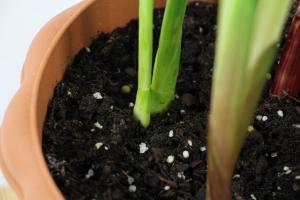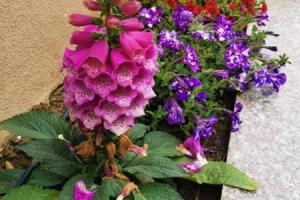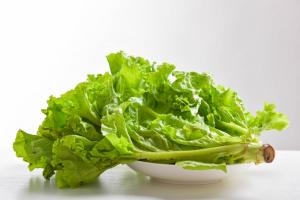What Type of Potting Soil for Spider Plant?
Spider plants are among the most popular indoor plants throughout the world due to their durability and easy to care nature. These plants can grow in various soil types; however, choosing the right potting soil is essential for their health and overall growth. In this article, we will highlight the essential features you should look for before selecting the best type of potting soil for spider plant.
1. A Well-Draining Potting Soil
Spider plants require a well-draining potting soil that ensures the water drains out of the bottom of the pot quickly. Wet soil is an invitation for root rot, which can kill spider plants. For this reason, it's best to opt for potting soil that's rich in drainage aids such as perlite, pumice, or vermiculite.
2. Nutrient-Rich Soil
Spider plants require a nutrient-rich soil to grow and thrive healthily. They need nutrients like nitrogen, phosphorous, and potassium, along with other essential trace elements. Therefore, choose a potting soil that's rich in organic matter and mixed with compost, which provides the necessary nutrients to the plant.
3. pH Balanced Soil
The soil pH is one of the essential factors to consider when selecting potting soil for spider plants. Ideally, spider plants prefer a soil pH that ranges between 6.0 and 7.5. A pH outside of this range can cause nutrient deficiencies or even harm the plant. Test the pH of the soil before purchasing or opt for a commercial soil that's pH balanced.
4. Lightweight Soil
Spider plants prefer lightweight potting soil that doesn't weigh them down. Heavy soils can cause root rot and slow the overall growth of the plant. Potting soils composed of a mix of peat moss, perlite, and vermiculite are generally lightweight and provide good drainage, ensuring the plant's adequate growth.
5. Commercially Available Potting Soil Mix
If you're not sure which potting soil to use for your spider plant, it's always best to opt for a pre-formulated potting mix available commercially. These mixes typically contain an excellent blend of ingredients like peat moss, vermiculite, and perlite, which makes them lightweight, well-draining, and nutrient-dense.
Conclusion
Spider plants are a great addition to any indoor space due to their ease of care and durability; however, choosing the right potting soil for them is essential. In summary, when picking out potting soil, look for a lightweight, well-draining, pH balanced, nutrient-rich, and commercially available soil that's formulated with the necessary elements for spider plant growth. With the right potting soil, your spider plant will grow to become a beautiful and healthy addition to your home or office space.

 how many times do yo...
how many times do yo... how many planted tre...
how many planted tre... how many pine trees ...
how many pine trees ... how many pecan trees...
how many pecan trees... how many plants comp...
how many plants comp... how many plants can ...
how many plants can ... how many plants and ...
how many plants and ... how many pepper plan...
how many pepper plan...






























